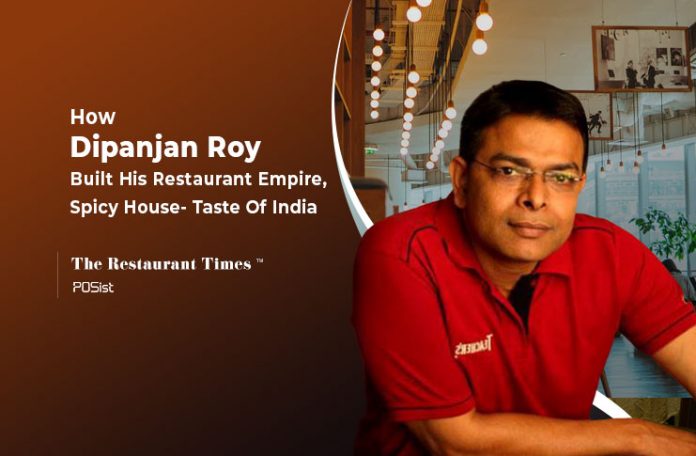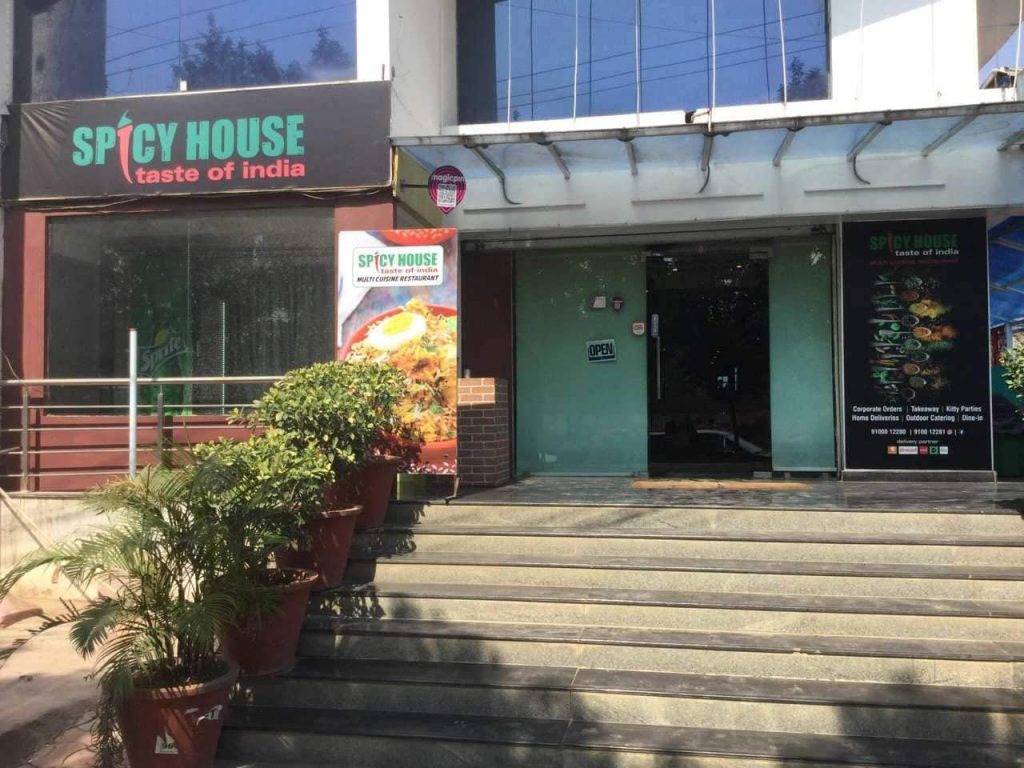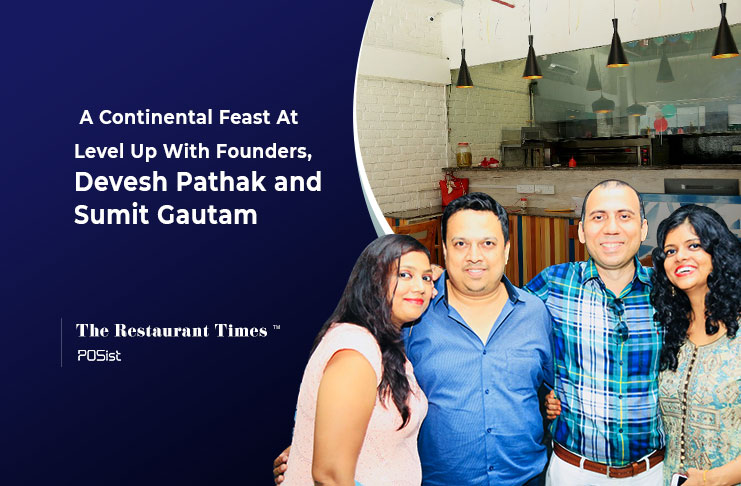The plucky and passionate cook and a complete foodie by nature, Dipanjan Roy continues to be very active within the Indian culinary scene. After completing a course in hotel management, Dipanjan gained an immeasurable amount of experience working at several restaurants. More than a decade later, Dipanjan Roy started his own restaurant called Spicy House-Taste Of India, well-known for its extra spicy food. Dipanjan is also Director of Operations at Ants Infotainment & Hospitality LLP
In Conversation With Dipanjan Roy of Spicy House-Taste Of India
In an exclusive conversation with The Restaurant Times, Dipanjan Roy talks of his journey in the industry, the story behind his restaurant, challenges with staffing, and a lot more.
A Brief About Spicy House- Taste Of India
The Spicy House is a multi-cuisine restaurant with a bunch of options to pick from. They have a good number of options in the àla carte menu, and also have a buffet for lunch. Dipanjan ensures that any dish that passes through his kitchen is of the highest quality. Spicy House has grown into a force to reckon within the food sector over the years. Dipanjan mentions that only the right ingredients can bring out the best flavors and this sets Spicy House apart from the rest. Otherwise, it can be an uphill battle to attract more customers to your restaurant. Spicy House is famous for maintaining consistency throughout all its outlets.
Challenges With Staffing
A restaurant business probably faces more competition than any other in any other industry. Acquiring and retaining good staff has always been one of the key concerns faced in running a restaurant.
In recent years, high turnover and growing competition have only added fuel to the fire in terms of skilled labor deficit in the F&B industry on the whole.
“Staff members and their attitudes, experiences, and production capabilities are now becoming an indispensable part of the restaurant business value,” says Roy.
To promote a successful working environment, it is essential to promote transparency with the staff. This can help employees feel engaged and motivated to perform at the best. It is also important to have constant communication with the staff so that the restaurateur is always aware of what is going on. On the other side of the spectrum, a strong internal drive to excel is certainly key to being successful in the F&B industry.
Take on Lunchbox and Buffet Dining Style
Spicy House offers lunchbox and buffet options along with other delicacies at hotels. The lunchbox is one of India’s most successful and profitable concepts. Dipanjan shares that they charge INR 250-260 per box while the actual amount spent on preparation as per the quantities given is really less. The rice is not more than 300 gms and vegetable curry is usually around 50gms, which cuts down the cost per box to more than half the actual price.
In a freewheeling chat, Roy speaks about the cons of the buffet system at restaurants.
- Not So Profitable: Buffets need to keep people happy and coming back. According to Roy, buffet service is hardly profitable. A restaurateur has to be ready to bear probable losses which can, in theory, happen for each and every patron that walks in the door
- Food Wastage: Buffet systems are not immune to food waste. In fact, buffet service tends to waste more food than the other concepts of regular ordering and lunchbox. It is essential for the staff to standardize portion sizes or closely monitor inventory. Often times, patrons tend to serve too much food on their plates which results in food wastage.
- Higher Investment: According to Roy, buffet service requires a higher investment, as it provides a large variety of items. This leads to leftovers. If one is not sure about the number of guests going to visit, the buffet service can be a burden for the restaurateur.
Conclusion
It’s hard to pin down success to one distinct factor. It is a combination of things that needs to work simultaneously to ensure the success of buffet offerings. In the food business, that means an unwavering commitment to quality, consistent experimentation and commitment to put in the hard work needed to see the previous two through.
According to Roy, a strong organizational structure must be put into place to handle the corporate side of the business and also to function well in terms of customer-facing operations. This structure must be designed to promote responsibility and accountability, with a clear chain of command. The manner in which a restaurant business is organized is critical to its function and daily operations. Roy adds that it helps in aligning jobs with the overall business objectives of the restaurant. Lastly, he mentions that building a powerful organizational management system includes giving due consideration to employees’ needs, adoption of automated POS systems, and a customer-centric philosophy across all aspects of the restaurant business.



















